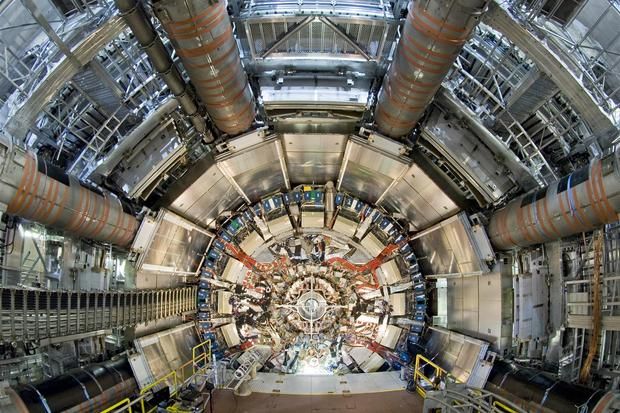Researchers at CERN, engaged in the Compact Muon Solenoid (CMS) experiment, have recently updated their findings in the quest for an elusive particle, the dark photon.
Dark photons, also known as hidden photons, are distinct from the conventional photons that make up light. These particles are hypothesized to possess mass, setting them apart and positioning them as potential explanations for the mysterious dark matter. Dark matter is an invisible entity in space, recognized only through its gravitational influence, but its direct detection and true nature remain elusive.
Related Content
Exploring the Unseen: A Chocolate Xbox Controller as an Edible Metaphor
Decoding the Universe: A Decade Post-Higgs Boson and the Hunt for New Physics
Tuning into the Unknown: How a Dark Matter Radio Might Reveal New Scientific Insights
The CMS team at CERN is actively pursuing this enigma. They posit that dark photons could be produced through the decay of the Higgs boson, a particle first theorized in the 1960s and conclusively identified in 2012. According to this theory, Higgs bosons decay into dark photons, which subsequently decay into displaced muons. The CMS Collaboration’s efforts are focused on identifying the specific conditions under which this process occurs.
In July 2022, CERN’s Large Hadron Collider embarked on its third run, boasting enhanced capabilities for particle collisions compared to its previous runs. This upgrade provides the CMS experiment with a more robust algorithm, or “trigger,” to detect notable collision events. The enhanced system increases the chances of observing displaced muons, potentially originating from dark photons, offering a promising avenue in the pursuit of understanding dark matter.







